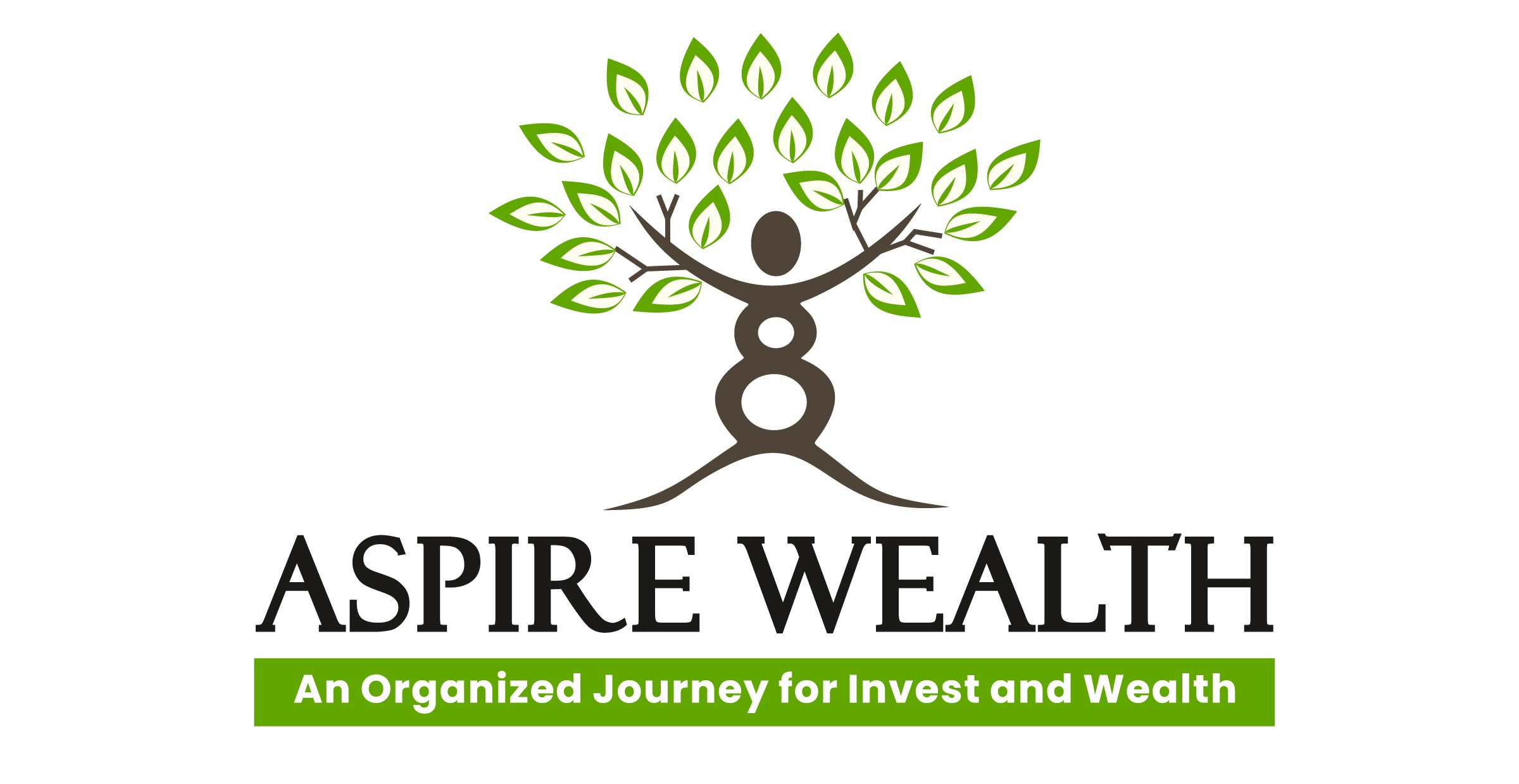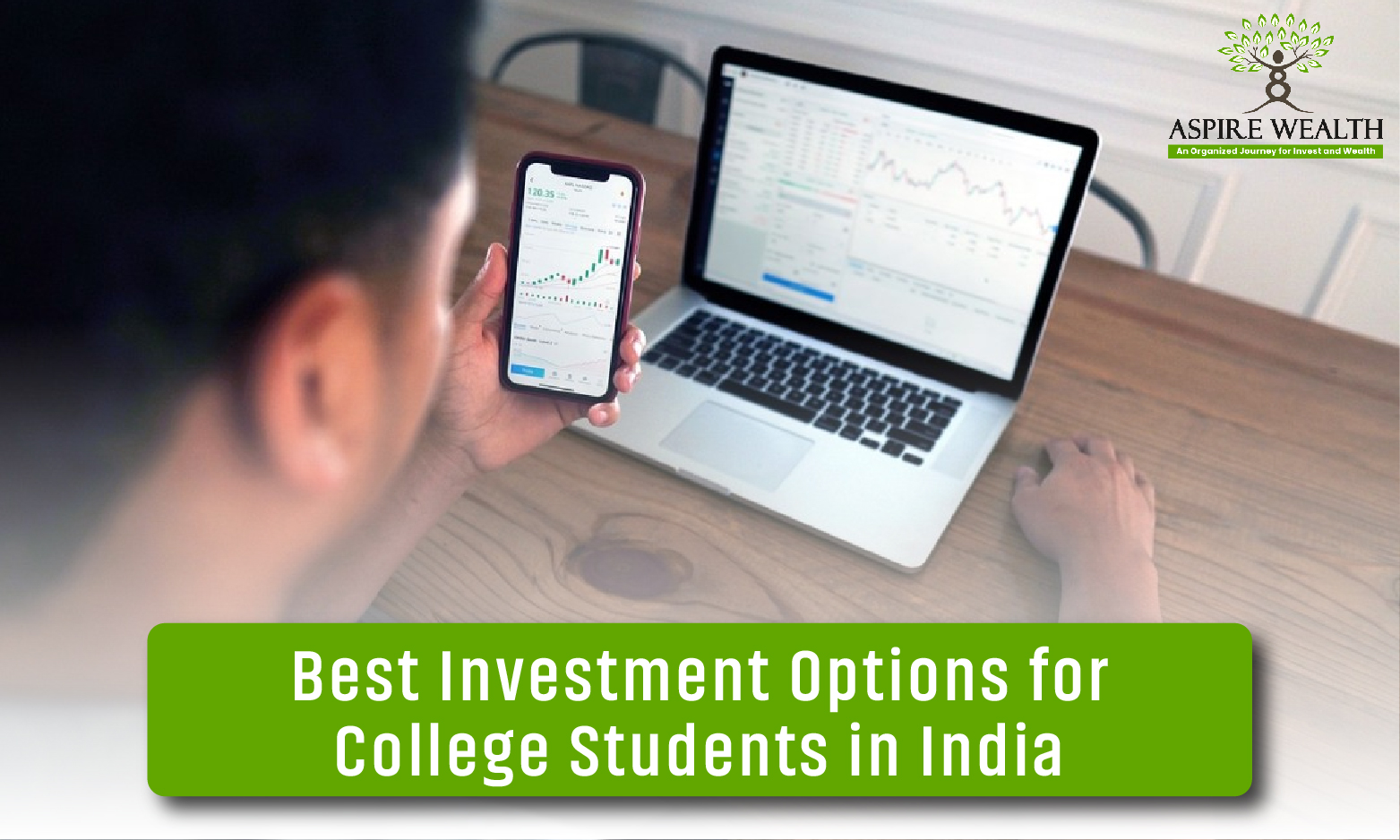Many salaried professionals are searching for best investment plans 2025. Because of rising inflation, increasing daily expenses, and taxes deducting a significant portion of their income, saving money in a regular bank account is no longer sufficient.
These days, people are looking for investment options for salaried professionals that are tax-efficient, safe, and give high returns. It is important to have knowledge of where to invest and how to invest. You might not get good returns, and your hard-earned money might not grow well if you invest without a plan.
In this blog, we will examine the top investment options for salaried professionals in 2025. These options will be divided according to various risk levels (low risk to high risk) and goals (such as short-term or long-term). You will gain a better understanding of where to invest your money safely, smartly and tax-efficiently.
Best Investment Options for Salaried Professionals – Quick Comparison
| Investment Option | Returns (Avg) | Risk Level | Lock-in Period | Tax Benefit | Ideal For |
|---|---|---|---|---|---|
| ELSS (Tax Saving MF) | 12–15% | Medium | 3 Years | Yes (80c) | Tax saving + wealth creation |
| Public Provident Fund (PPF) | 7.1% (2025) | Low | 15 Years | Yes (80c) | Long-term safe savings |
| SIP in Equity MF | 10–14% | Medium | Flexible | No | Long-term wealth creation |
| NPS (National Pension Scheme) | 9–11% | Low-Med | Till Retirement | Yes (80C + 80CCD) | Retirement planning |
| Fixed Deposits (Bank) | 6.5–7.5% | Low | 1–5 Years | No (Partial) | Short-term savings |
| ULIP (Insurance + Investment) | 8–10% | Medium | 5 Years+ | Yes (80c) | Tax-saving with coverage |
| RBI Bonds | 7.5% (Fixed) | Low | 7 Years | No | Safe investment |
ELSS – Equity Linked Saving Scheme
In 2025, one of the greatest tax-saving investment options for salaried professionals is ELSS. Investing primarily in the stock market (equity) gives high returns. In addition, you are eligible to receive up to Rs.1.5 lakh in tax benefits annually under Section 80c of the Income Tax Act.
Of all the tax-saving options, it has the shortest lock-in period, lasting only three years. This is better than the fixed deposits (FDS), which typically offer longer lock-in periods for tax benefits and lower returns.
If you’re working toward financial objectives like early retirement, child education or owning a home, and for those in the 25–40 age range who wish to save taxes and make a good amount of money for the future, ELSS is the best option wise option.
The last ten years have seen average annual returns of 10 to 15% from well-known ELSS funds such as Axis Long Term Equity, Mirae Asset Tax Saver and Canara Robeco Tax Saver.
SIP in Mutual Funds (Equity/Hybrid)
Through a SIP plans for salaried employees, you can invest a set amount in mutual funds each month.
You can start small with Rs 500 a month. SIPS are flexible, and you can increase or decrease SIP’s at any time. SIPs are great for long-term objectives such as retirement, home ownership, children’s education or overall wealth accumulation.
What’s the best part? The compounding power. Over time, your money increases as returns generate more returns.
For example, let’s say you invest Rs 5000 per month for 15 years.
If the average annual return is 10%, which is typical for equity mutual funds, you will receive between Rs 27 and Rs 35 lakhs after 15 years.
The sum of your investments is Rs 9 lakhs. i.e. (Rs.5000 x 12 x 15). The remaining comes from returns.
How to Calculate Your SIP.
Use an online SIP calculator and enter the details given below:-
- The monthly investment – Rs 5000
- Duration of Investment – Fifteen years
- Annual Return Anticipated – 10%
- The calculator will display your entire investment amount, total gains, and final maturity amount. Try it out here: SIP Calculator.
Also Read: SIP vs FD
PPF (Public Provident Fund)
The Public Provident Fund (PPF) is extremely safe and secure and is one of the best tax-saving investments, because it’s a savings plan supported by the Indian government. Its 15-year lock-in period contributes to the accumulation of long-term savings through compound interest.
The best part is that the interest earned is entirely tax-free, and the current interest rate is 7.1% annually in 2025. An annual investment of at least Rs 500 and as much asRs .1.5 lakh is possible. The funds may be deposited annually or on a monthly basis.
PPC is best for salaried professionals, who are risk-averse and want guaranteed returns without the ups and downs of the stock market. PPF is best. It also helps in tax savings under the Income Tax Act Section 80c.
The majority of banks and post offices allow you to open and manage a PPF account online. Stay invested over time, and your savings can eventually become a reliable source of income.
Also Read: Best Investment Options for College Students in India
NPS (National Pension Scheme)
A retirement savings plan supported by the government is the National Pension Scheme (NPS). While it is optional for self-employed individuals, it is mandatory for some corporate workers.
NPS helps you in creating a corpus for life after 60 years. Starting at just ₹500 per contribution, you can invest monthly or annually. Depending on your plan of choice,the funds are invested in a combination of corporate debt, government bonds and equity. This provides growth and safety in balance.
As per Section 80c, you receive tax benefits up to Rs 15 lakh and an additional Rs. 50000 under Section 80ccd (1B), which makes this one of the best tax-saving investments.
Partial withdrawal is allowed after 10 years for significant needs like schooling, healthcare or buying a house.
Up to 60% of your withdrawals are tax-free when you reach the retirement age of 60 years. The remaining 40% you can use for a monthly pension or an annuity.
For professionals on salaries who desire a long-term disciplined savings plan with tax-saving investments and a reliable income upon retirement,, NPS is an excellent option.
FDs, ULIPs, and RBI Bonds
If you are searching for low-risk best investment plans 2025, then RBI bonds, ULIPS (Unit Linked Insurance Plans), and fixed deposits (FDS) are all excellent options. These options offer stable returns, although they offer lower returns than equity mutual funds.
- FDS are provided by banks and offer fixed interest rates, making them best for emergency savings or short-term objectives.
- ULIPS combine investments and insurance, but they typically come with fees and lock-in periods.
- Government-backed RBI bonds have a fixed interest rate, making them perfect for those seeking security.
If you have extra cash or want to balance a high-risk portfolio, these are good options.
How to Choose the Right Plan
Following these steps will make selecting the best investment plans for 2025 simple.
Find your objective
Identifying your goals is important because it will help you decide the right investment strategy, time, and level of commitment you require. If you want to save for an emergency fund, retirement, or your child’s education, this can help you plan better and stay focused on your goals.
Decide how much risk you can tolerate
Understanding how much risk you are comfortable taking allows you to choose suitable investment options. Those who want to have stable returns should prefer low risk options. When your investments match the level of risk you are comfortable with, it becomes easier to stay invested for a long time.
Use a combination of debt and equity
Debt options like PPF and FD give you safety and steady returns. Equity options like mutual funds help your money grow faster. This balance of the combination helps you reach your long-term goals.
Pro Tips for Salaried Investors in 2025
These are a few simple yet effective pro tips for 2025 salaried investors. You can safely and smartly increase your money with the help of these suggestions.
- SIPS should be started early in the month.
Start your SIP just after your salary day. You develop sound saving habits by investing first and spending later in this manner.
- Don’t keep all of your money in FDS.
Fixed deposits are safe, but they offer little return. For better growth, try investing in a combination of stocks, mutual funds and FDS.
- Automate your investments with ECS/NACH.
Monthly automatic payments can be set up from your bank. It guarantees you never miss an investment and saves time.
- Each year, rebalance the portfolio.
Your investments should be reviewed and adjusted once a year. This keeps you in line with your risk tolerance and financial objectives.
Also Read: Top Health Insurance Tips to Consider Before Buying a Policy in Delhi
Conclusion
In 2025, smart investing will be more important than ever due to growing expenses and taxes. Selecting the best investment options for salaried professionals requires striking the correct balance between tax savings, growth, and safety.
The secret is to match your investment with your objectives and risk tolerance, which means using SIPS for long-term wealth, PPF for secure returns or NPS for retirement. Don’t ignore smart diversification, either combining debt and equity helps your money grow consistently.
You can stay on track by using tools such as SIP calculators, planning your investments early in the year and evaluating your portfolio annually. Keep in mind that tax-saving investments such as ULIPs, NPS and ELSS can help you grow your money while lowering your tax liability.
Want assistance selecting the best plan? Speak with Aspire Wealth’s professionals now. Our advisors are available to help you choose smart, secure and customised investment options.
Target Keywords: best investment plans 2025, investment options for salaried professionals, tax-saving investments, SIP plans for salaried employees





